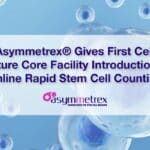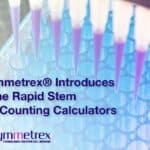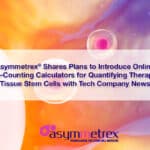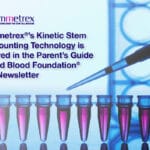Adult tissue stem cells have a growing list of current and potential medical applications, including drug development; gene therapy; bone marrow or corneal restoration; treatments for low back pain and other degenerative joint diseases; treatments for heart attack and stroke; treatment for chronic illnesses like multiple sclerosis (MS) and amyotrophic lateral sclerosis (ALS); treatment for blood cancers like leukemias and solid tumors like breast cancer; and treatments to repair spinal cord injury.
With many thousands of approved treatments and many hundreds of clinical trials each year, it should be shocking to learn that it is all done without a crucial piece of medical data. What would someone think if their doctor gave them medicine with a prescription that said, “Some active pills may be mixed in with mostly placebo pills. Take all of them and say “Abracadabra!’ Oh, and good luck, too!” Such treatment would be a big break from usual medicines for which patients are told exactly how many active pills to take.
But this is exactly what happens as the standard of care for current stem cell therapies, whether approved or experimental. Although doctors deliver the treatment, the number of active stem cells they hope they are giving is not known; and many of the cells transplanted are not evenstem cells.
So, when stem cell treatments fail, one significant cause could be too few stem cells. In other cases, patients may receive more of the scarce cells than they need. If the number were known, extra cells might be saved for additional treatments or given to other patients in need. But stemcell medicine currently tootles along being unable to recognize either situation towards improving it.
Scientists at Asymmetrex, LLC, a stem cell biotechnology start-up company in Boston, MA, recently announced new technologies to bring stemcell medicine in line with other medical treatments by determining the dose of the active stem cells. The company has available two different technologies for counting adult tissue stem cells for the first time.
The first technology, called H2A.Z asymmetry, is a new way to identify adult tissue stem cells directly based on unique physical properties discovered by Asymmetrex. The company started a crowdsourcing campaign earlier this year, that is still ongoing, to engage stem cell scientists and physicians worldwide in evaluating the use of the new technology.
H2A.Z asymmetry may not work for all types of adult tissue stem cells; but Asymmetrex’s second technology, called AlphaSTEM, is designed to do just that. More complex in principle and application, AlphaSTEM technology uses computer simulation to determine stem cell number and quality in even complex tissue cell treatment preparations. To develop AlphaSTEM, Asymmetrex partnered for three years with computer simulation leader AlphaSTAR Corporation.
The list of approved and potential medical applications for adult tissue stem cells continues to grow. In every case, knowing the number of treating tissue stem cells will be an important factor for ideal treatment success. Asymmetrex’s founder and Director, James Sherley, says his company plans to make knowing the number of tissue stem cells in a treatment preparation as commonplace as knowing the dose of any othermedicine. “If you don’t know dose, you are practicing magic, not medicine.”







Leave a Reply